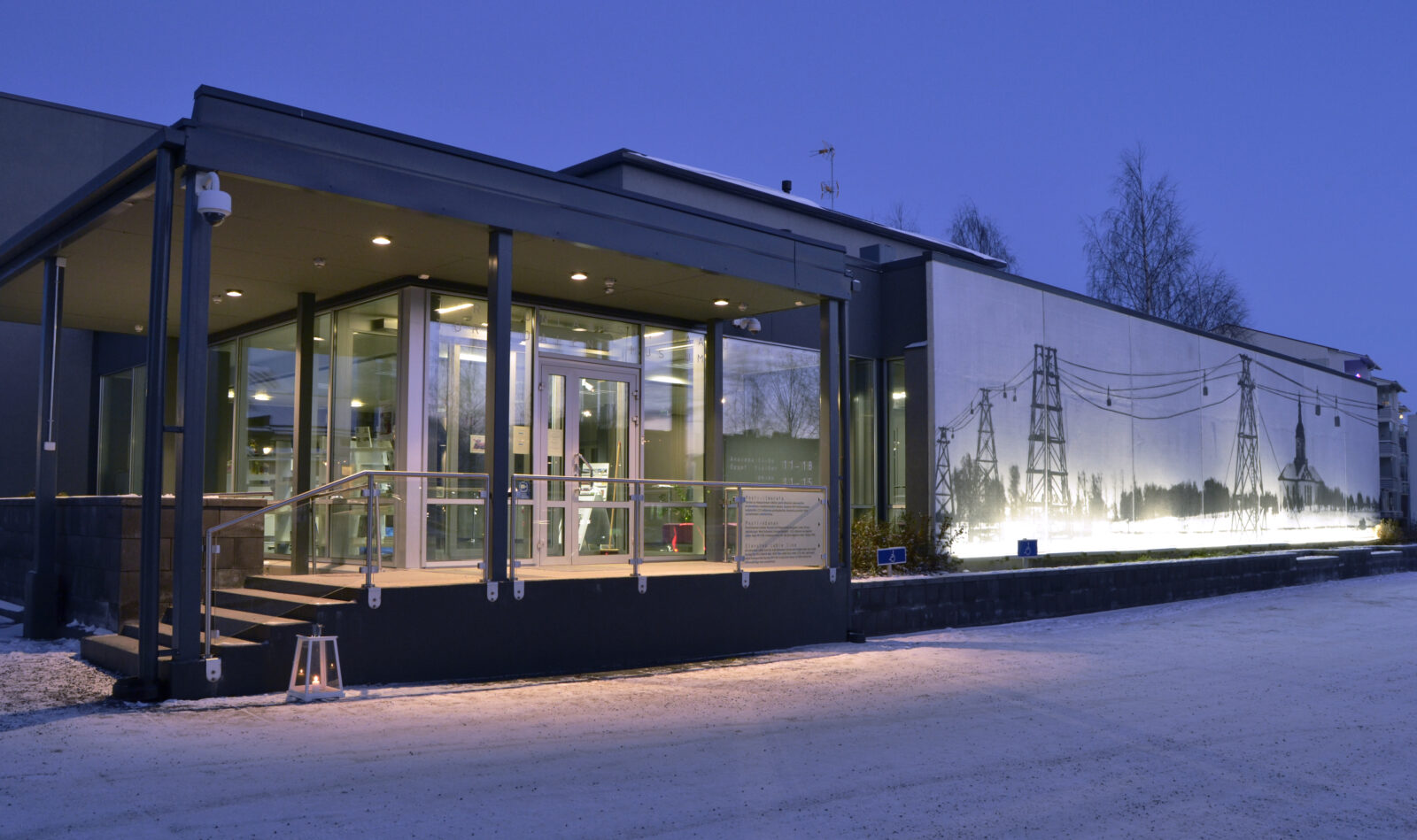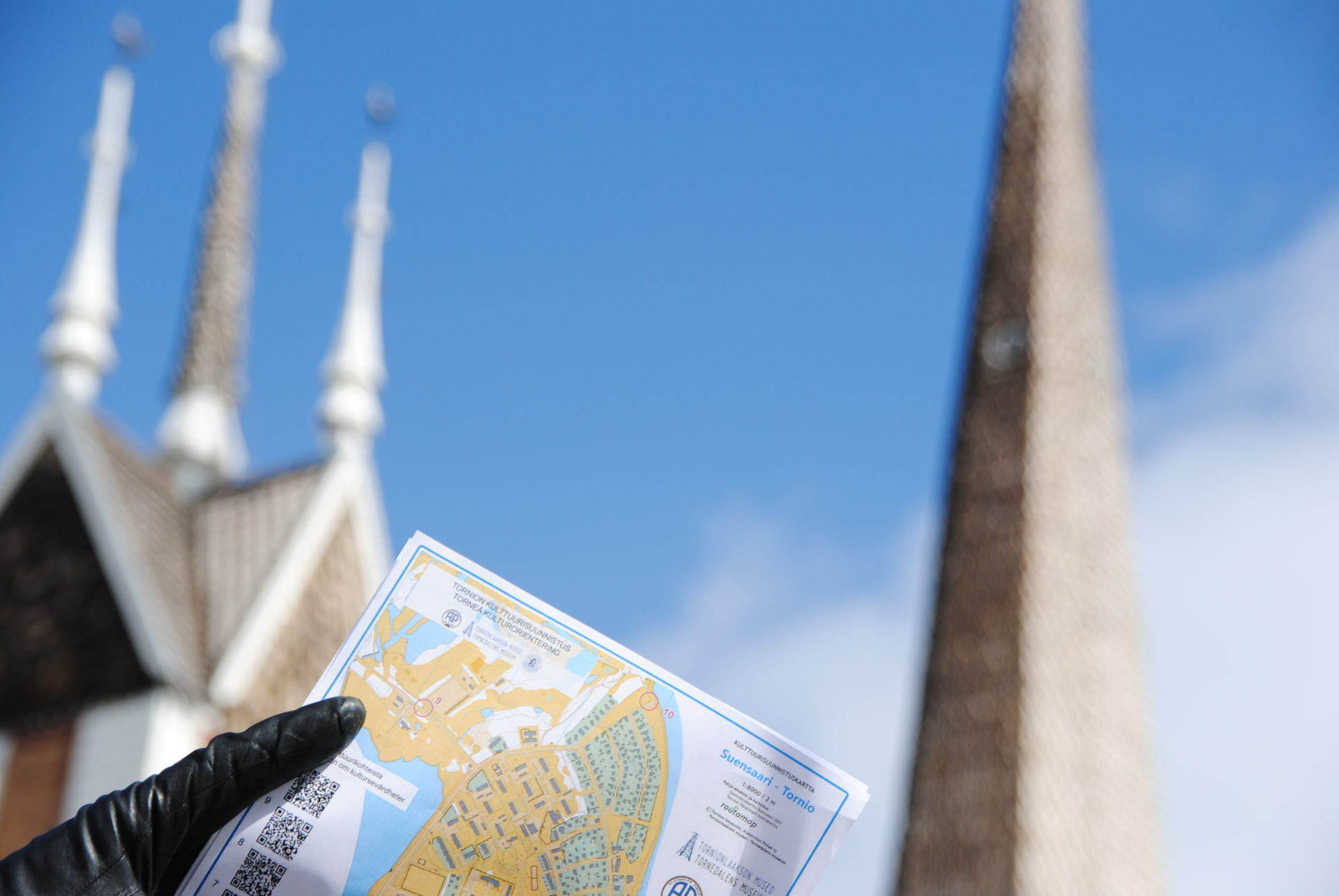The Museum of Torne Valley
The Museum of Torne Valley showcases Torne Valley culture and history on both sides of the Finnish-Swedish border. We specialize in the local way of life and border region phenomena. Our permanent exhibition highlights the traditional means of living, the history of Tornio and Haparanda, border trade, smuggling and marriages across the border. Visitors can also listen to local languages and dialects. The past comes alive through original artifacts and abundant picture and film material on display.
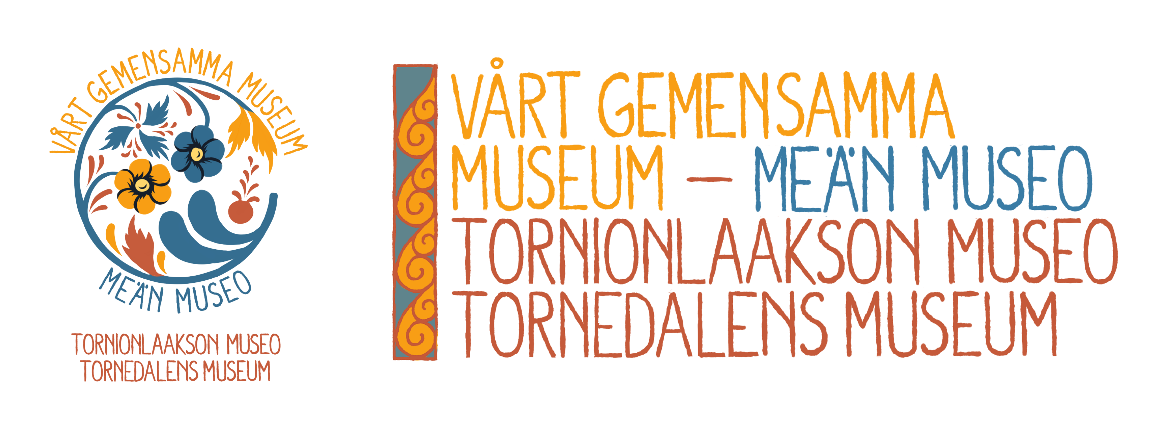
The Museum of Torne Valley, at the time Finland’s northernmost museum, was born in Tornio 110 years ago when the founding meeting of Peräpohjolan- ja Lapin kotiseutuyhdistys (Historical Society of Peräpohjola and Lappland) was held on June 1, 1914. A hundred years later, in 2014, an agreement was signed between Tornio and Haparanda on cross-border cooperation in museum operations. The museum’s cross-border board of directors began operating and the museum received an official Swedish addition to its name: Tornedalens museum. At the same time, the museum’s renovated building with new permanent exhibitions was opened to the public.
In 2024 we are celebrating the museum’s 110 years of operation and 10 joint years of museum operation under the theme Vårt gemensamma museum – Meän museo (Our Joint Museum) both in Haparanda and Tornio. Welcome to the jubileum exhibitions and events!
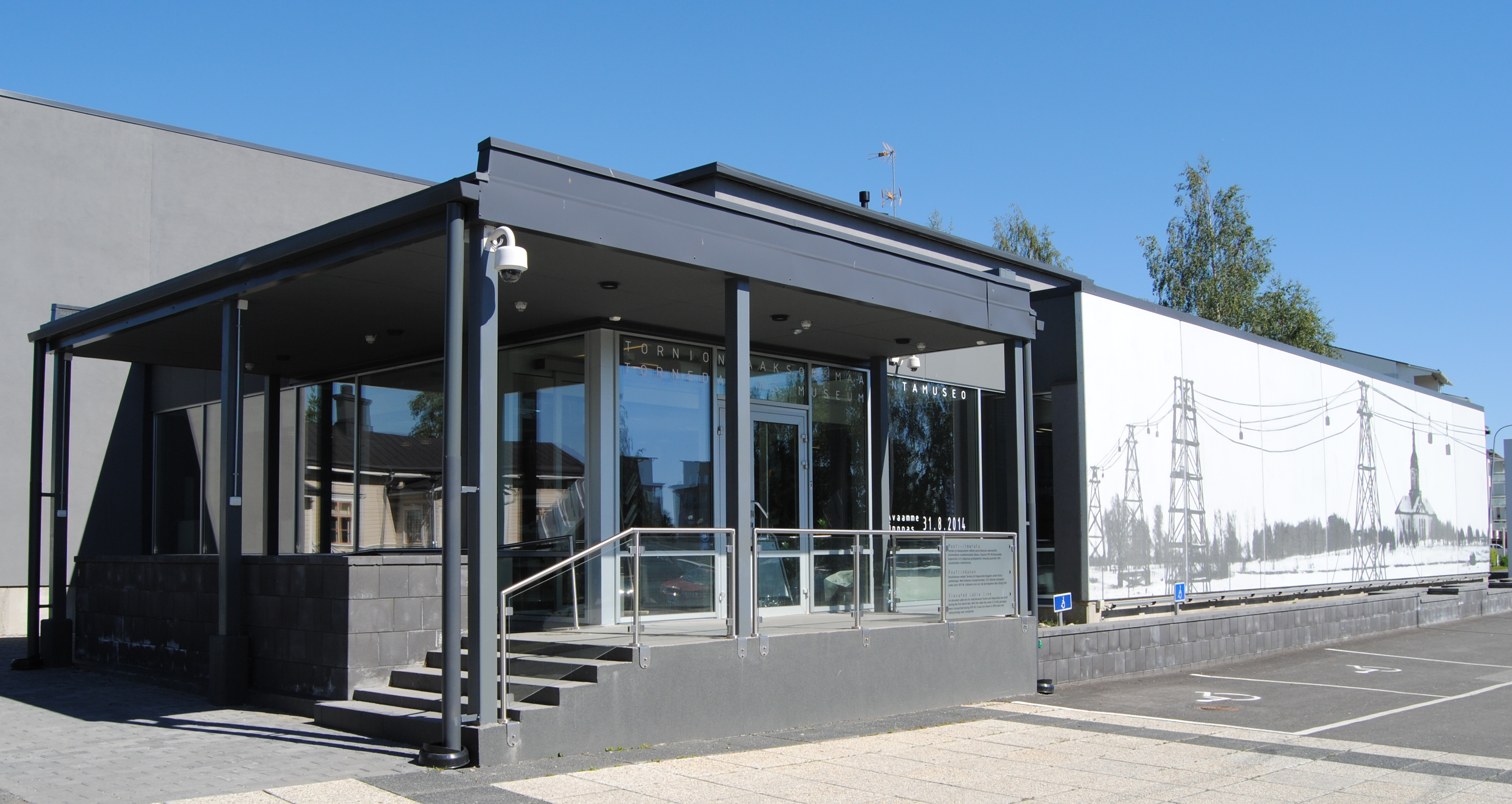
The Museum of Torne Valley is situated in central Tornio beside the library and Aine Art Museum. The permanent exhibitions are in Finnish, Swedish and by request also in English.
The Museum of Torne Valley is a regional museum with responsibility in promoting regional museum operations and carrying out cultural environment work in Finnish Torne Valley. Its region in Finland reaches from Simo in the south to Muonio in the north. The museum is also the official museum of the Haparanda municipality in Sweden. This makes us the only cross-border museum in the world.
The museum was founded in 1914. We preserve the material culture and history of the area, do research, educate, publish and give advice in matters concerning local cultural heritage and museums. The collections consist of artifacts, photographs, sound and video recordings. We also have a local heritage archive.
In addition to the permanent exhibition we have 2-4 changing exhibitions per year.
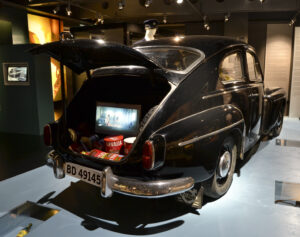 | 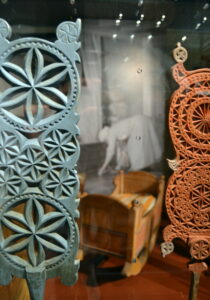 |
